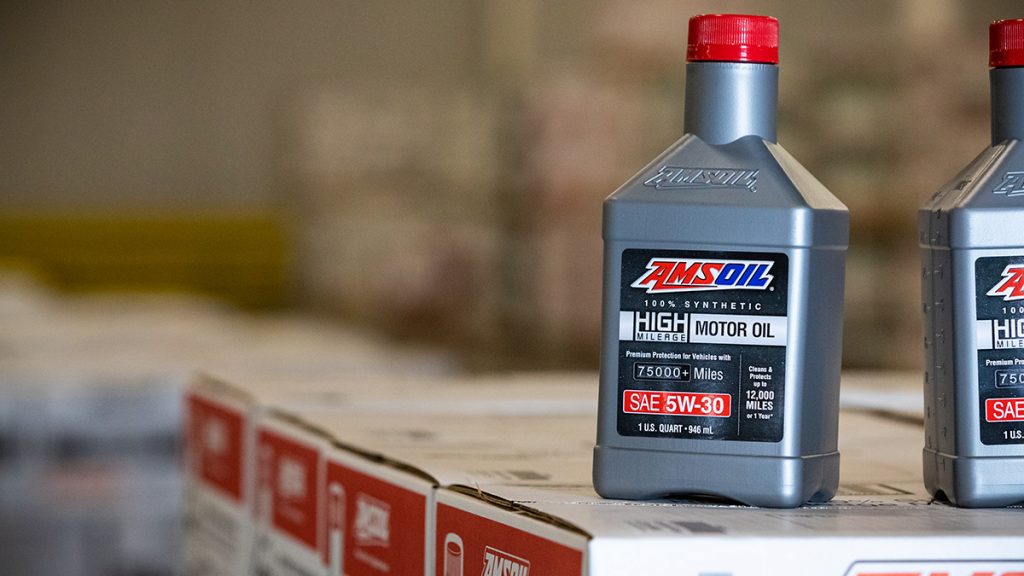Sludge presents an enemy to peak engine performance and vehicle longevity, especially in high-mileage vehicles. AMSOIL 100% Synthetic High-Mileage Motor Oil is engineered to remove and prevent sludge.
What is sludge?
Sludge is typically a thick, dark residue composed of combustion or oxidation byproducts. It can also be formed by wear particles, water, fuel and coolant. These contaminants are often acidic and have polarity within their molecular structure, meaning they are insoluble in the motor oil as oils have an affinity for non-polar substrates.
Under the right conditions, these polarized contaminants can agglomerate and fall out of solution. Once deposited on surfaces inside the engine, the polar nature of sludge can accelerate the sludge-formation process as it continues to pull other polarized contaminants out of suspension and bond with them. This process can rapidly expand the sludge deposit and begin to cause engine-performance issues.
Where it forms
Sludge can form anywhere, but it typically builds on non-moving engine components, including the tops of cylinder heads, valve covers and oil pans. Any engine can develop sludge; however, engines that stress the oil are more likely to form sludge and
deposits. For example, gasoline direct-injection (GDI) engines typically have higher concentrations of fuel dilution. Turbocharged applications expose the engine to higher temperatures and pressures, leading to more combustion byproducts.
Short trips can also contribute to sludge formation. For example, if an engine doesn’t reach normal operating temperatures, it can lead to water contamination. Sludge can also form when worn or damaged head gaskets allow coolant into the oil. Older engines may also exhibit increased blow-by, which can introduce excessive combustion byproducts into the oil.
Why does it matter?
Dirty components run poorly, pollute and don’t last. They cause system failures in engines that dramatically increase downtime, increase operating costs and reduce equipment life. Clean engine components, on the other hand, require less maintenance, produce more energy, use fuel more efficiently, increase equipment service life and run cleaner.
